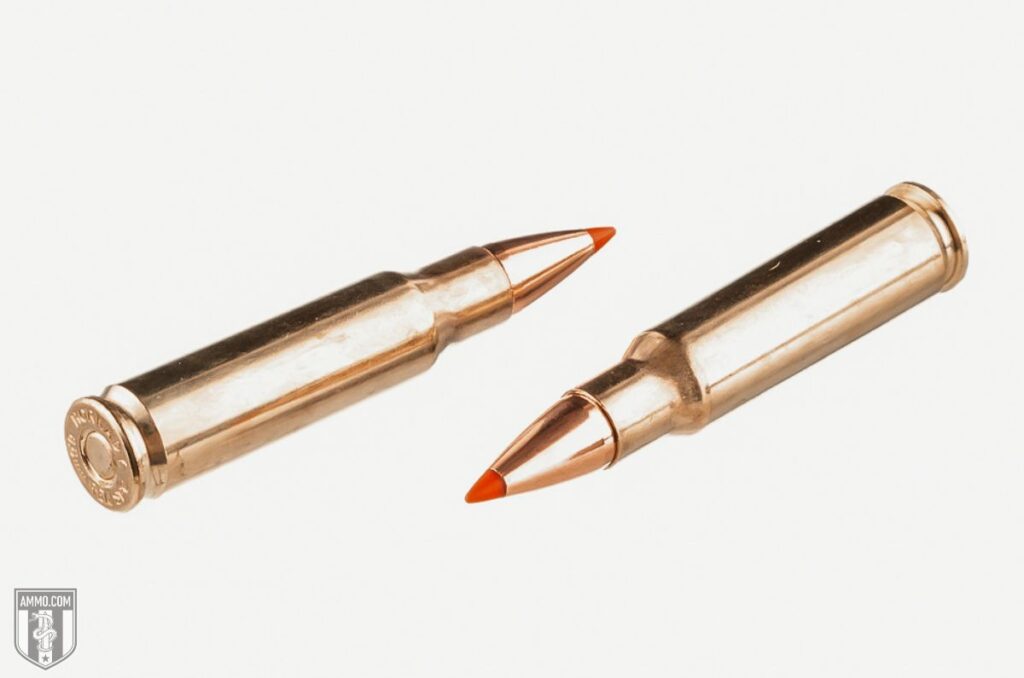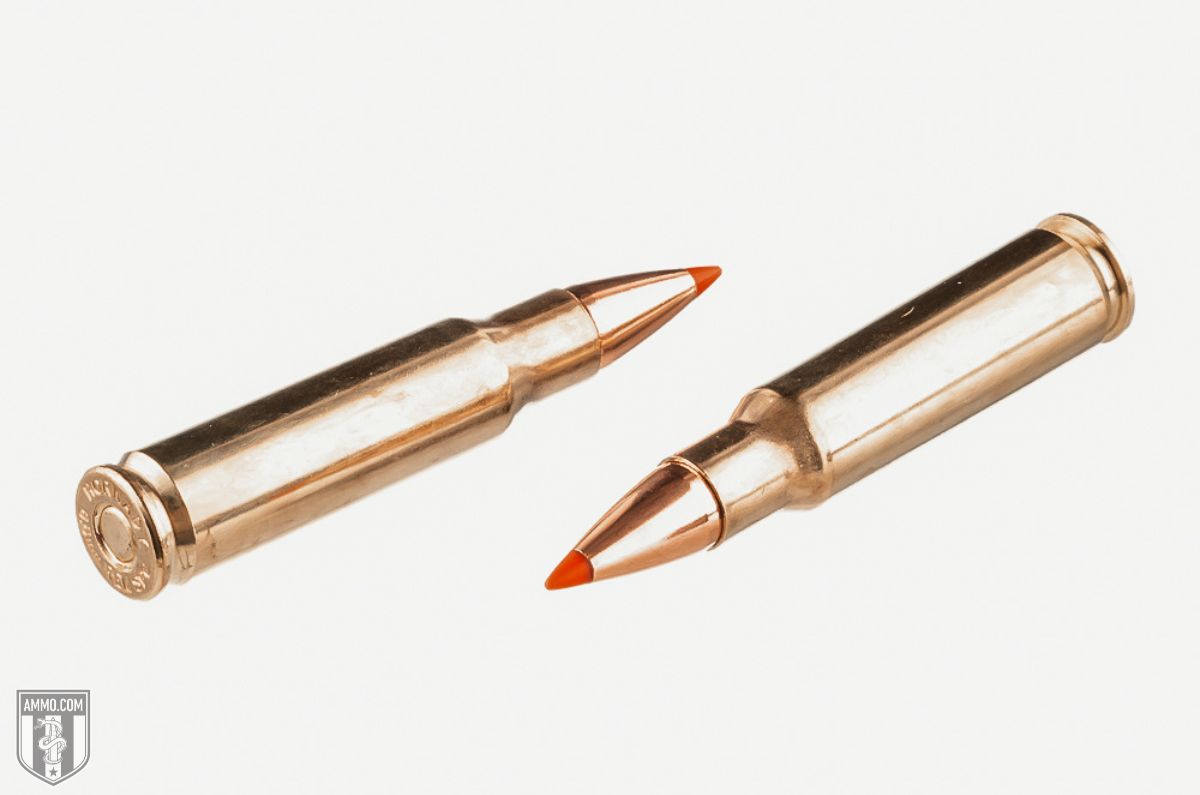
Understanding 6.5 SPC Distance: Ballistics, Effective Range, and Optimal Use
The 6.5 SPC (Special Purpose Cartridge) has garnered significant attention in the shooting community for its potential as a versatile intermediate cartridge. One of the most frequently asked questions surrounding the 6.5 SPC revolves around its effective range and ballistic performance at various distances. Understanding the 6.5 SPC distance capabilities is crucial for making informed decisions about its suitability for different applications, from hunting to target shooting. This article will delve into the ballistics of the 6.5 SPC, explore its effective range, and discuss factors influencing its performance at different distances.
What is the 6.5 SPC?
Developed as a potential replacement for the 5.56 NATO cartridge in the AR-15 platform, the 6.5 SPC was designed to offer improved terminal ballistics and greater effective range while still being compatible with the AR-15’s magazine well. It achieves this by using a larger diameter bullet with a higher ballistic coefficient than the 5.56, allowing it to retain energy and resist wind drift more effectively over longer distances. The 6.5 SPC was initially developed by Remington, in collaboration with the U.S. Army Marksmanship Unit.
6.5 SPC Ballistics: A Deep Dive
The ballistic performance of the 6.5 SPC is influenced by several factors, including bullet weight, bullet design, muzzle velocity, and environmental conditions. Understanding these factors is essential for predicting the trajectory and energy of the bullet at various 6.5 SPC distances.
Bullet Weight and Design
6.5 SPC ammunition is available in a range of bullet weights, typically from 90 grains to 130 grains. Heavier bullets generally offer better ballistic coefficients, meaning they retain velocity and resist wind drift more effectively. Bullet design also plays a significant role; boat-tail bullets, for example, are more aerodynamic and reduce drag, leading to flatter trajectories and improved accuracy at longer ranges. Different bullet designs are also suited for different purposes, with some designed for rapid expansion for hunting, and others designed for deep penetration for tactical applications.
Muzzle Velocity
Muzzle velocity, the speed of the bullet as it exits the barrel, is a critical factor in determining the 6.5 SPC distance capabilities. Higher muzzle velocities generally result in flatter trajectories and greater energy at longer ranges. However, muzzle velocity is influenced by barrel length and the specific load. Shorter barrels typically produce lower muzzle velocities, while longer barrels allow for more complete powder burn and higher velocities. Typical muzzle velocities for the 6.5 SPC range from 2,400 to 2,600 feet per second, depending on the load and barrel length.
Ballistic Coefficient (BC)
The ballistic coefficient (BC) is a measure of a bullet’s ability to overcome air resistance. A higher BC indicates that the bullet will retain its velocity better and be less affected by wind drift. The 6.5 SPC bullets typically have BCs ranging from 0.3 to 0.4, which is significantly better than the 5.56 NATO cartridge. This improved BC contributes to the 6.5 SPC’s superior performance at longer 6.5 SPC distances.
Trajectory and Drop
As a bullet travels downrange, it is affected by gravity, causing it to drop. The amount of drop is influenced by the bullet’s initial velocity and ballistic coefficient. Understanding the bullet drop at various 6.5 SPC distances is essential for accurate shooting. Ballistic calculators and rangefinders can be used to determine the appropriate adjustments needed to compensate for bullet drop. For example, a 120-grain bullet with a muzzle velocity of 2,500 fps might drop approximately 30 inches at 400 yards when zeroed at 100 yards. Trajectory charts specific to your load and rifle setup are helpful for long-range accuracy.
Effective Range of the 6.5 SPC
The effective range of the 6.5 SPC is a topic of much debate, as it depends on several factors, including the shooter’s skill, the rifle’s accuracy, and the intended target. However, a general consensus is that the 6.5 SPC is effective out to 400-600 yards for target shooting and hunting medium-sized game. Beyond this range, the bullet’s energy drops significantly, and accuracy becomes more challenging.
Target Shooting
For target shooting, the 6.5 SPC can be accurate out to 600 yards or more, depending on the rifle and ammunition used. Precision shooters often use handloads tailored to their specific rifle to achieve optimal accuracy. Factors such as consistent trigger pull, proper breathing techniques, and accurate range estimation are crucial for long-range target shooting with the 6.5 SPC.
Hunting
When hunting, the ethical range of the 6.5 SPC is typically considered to be around 300-400 yards. At this range, the bullet still retains sufficient energy to ensure a clean and humane kill on medium-sized game such as deer and hogs. Shot placement is critical, and hunters should only take shots they are confident they can make accurately. Factors such as wind, terrain, and the animal’s movement must be considered when determining the appropriate 6.5 SPC distance for a hunting shot. It is essential to consult local hunting regulations for any restrictions on cartridge size or minimum energy requirements.
Self-Defense
While not primarily designed for self-defense, the 6.5 SPC can be an effective cartridge for home defense or personal protection. Its improved terminal ballistics compared to the 5.56 NATO can provide greater stopping power. However, it’s crucial to consider the potential for over-penetration and the risk to bystanders in a self-defense situation. Choosing appropriate ammunition designed for self-defense, such as hollow-point bullets, can help mitigate these risks. The effective 6.5 SPC distance for self-defense scenarios is typically within close ranges (e.g., 5-25 yards).
Factors Affecting Performance at Different Distances
Several factors can influence the performance of the 6.5 SPC at different distances. Understanding these factors is crucial for maximizing accuracy and effectiveness.
Wind
Wind is one of the most significant factors affecting bullet trajectory, especially at longer ranges. Even a slight breeze can cause the bullet to drift significantly, impacting accuracy. Learning to read the wind and make appropriate adjustments to your aim is essential for long-range shooting with the 6.5 SPC. Using a wind meter and understanding wind patterns can greatly improve your accuracy at longer 6.5 SPC distances.
Elevation
Elevation also affects bullet trajectory. Shooting uphill or downhill will cause the bullet to impact higher or lower than expected, respectively. The angle of the shot must be considered when calculating the appropriate adjustments. Ballistic calculators can help determine the necessary adjustments for different elevation angles.
Temperature
Temperature can affect the muzzle velocity of the bullet. Higher temperatures generally result in higher muzzle velocities, while lower temperatures result in lower muzzle velocities. This can impact the bullet’s trajectory and point of impact. It is important to consider the temperature when zeroing your rifle and making adjustments for long-range shots. Some shooters keep track of temperature changes and their effect on their rifle’s zero.
Atmospheric Pressure
Atmospheric pressure, which is affected by altitude and weather conditions, can also influence bullet trajectory. Lower atmospheric pressure results in less air resistance, which can increase the bullet’s velocity and reduce bullet drop. High-altitude shooting often requires different adjustments than shooting at sea level. Ballistic calculators can account for atmospheric pressure when predicting bullet trajectory.
Optimizing 6.5 SPC Performance
To maximize the performance of the 6.5 SPC, consider the following tips:
- Choose the Right Ammunition: Select ammunition that is appropriate for your intended purpose, whether it’s target shooting, hunting, or self-defense.
- Use a Quality Rifle: A well-built rifle with a good barrel and trigger will improve accuracy.
- Practice Regularly: Consistent practice is essential for developing proficiency with any firearm.
- Use a Ballistic Calculator: A ballistic calculator can help predict bullet trajectory and make accurate adjustments for different distances and environmental conditions.
- Consider Reloading: Reloading your own ammunition allows you to tailor the load to your specific rifle and achieve optimal accuracy.
Conclusion
The 6.5 SPC is a versatile cartridge with excellent ballistic performance and an effective range of 400-600 yards for target shooting and hunting. Understanding the ballistics of the 6.5 SPC and the factors that influence its performance at different 6.5 SPC distances is crucial for maximizing its effectiveness. By choosing the right ammunition, using a quality rifle, and practicing regularly, shooters can achieve excellent accuracy and performance with the 6.5 SPC. Whether you’re a target shooter, hunter, or simply looking for a versatile cartridge for your AR-15, the 6.5 SPC offers a compelling combination of accuracy, power, and manageable recoil. Always prioritize safety and adhere to local regulations when handling firearms and ammunition. [See also: 6.5 Grendel vs 6.5 SPC: A Detailed Comparison] [See also: Building Your First AR-15: A Comprehensive Guide] [See also: Long Range Shooting Techniques: Mastering Precision]

